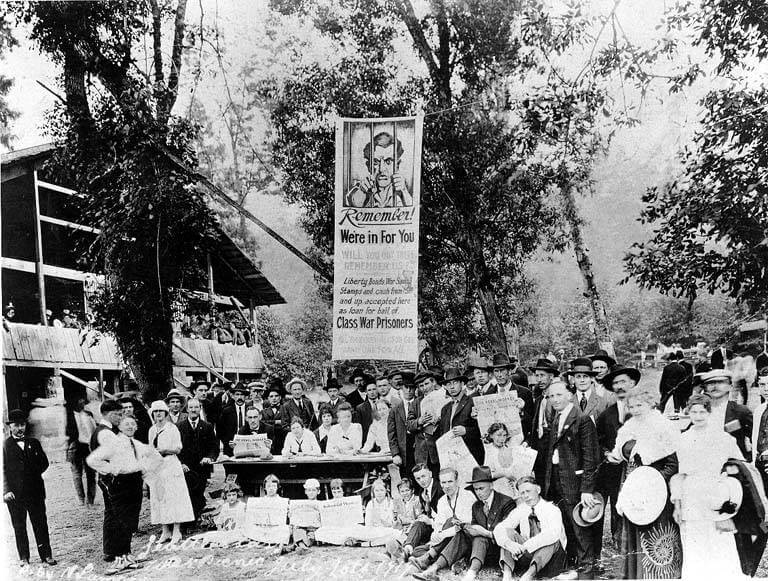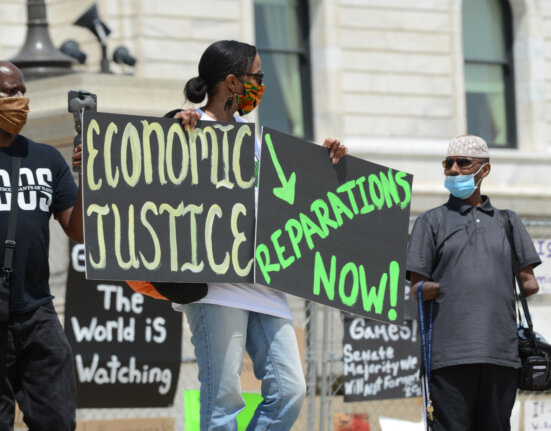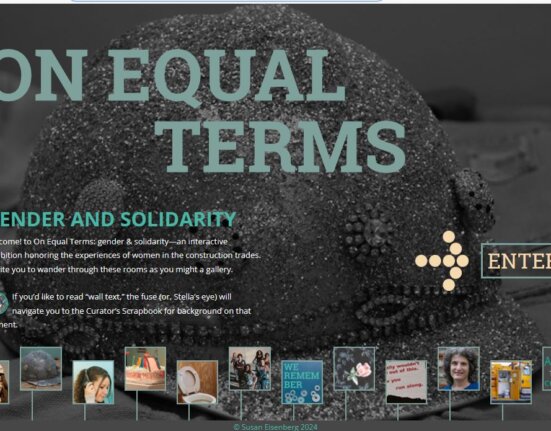The IWW History Project is now live. Based at the University of Washington, the online project reveals in new ways the rich history of the Industrial Workers of the World during the formative years, 1905-1935. The project has many dimensions, but at the center are interactive maps and datasets that show the geography and density of IWW activism.
One set of maps locates more than 1,800 strikes, campaigns, arrests and other acts of persecution, allowing us to see year by year or month by month where the IWW was active. Another set of maps and charts shows the locations of more than 900 local unions. The maps are linked to chronological yearbooks of events that are based on data collected from the Industrial Union Bulletin, Industrial Worker, Solidarity and other sources.

These visualizations bring surprises and invite new understandings about the radical organization. The scope of activity is one surprise. IWW local unions were found in more than 350 towns and cities, in 38 states and territories of the United States and five Canadian provinces. We are familiar with some of this geography–the Pacific Northwest, the upper Midwest, the Northeastern textile belt—but seeing the density of activity in Oklahoma, Texas, Indiana, and Ohio is eye opening. So is the IWW’s place in New York City which hosted dozens of unions and many strikes, including one by the Macaroni Workers Industrial Union No. 301. The city was also home to seventeen IWW affiliated newspapers published in seven languages.
The IWW History Project is a collaborative effort. Scholars are contributing data and short essays. Kenyon Zimmer compiled information about ninety IWW newspapers when researching his new book, Immigrants Against the State: Yiddish and Italian Anarchism in America. That data has become the basis for a set of maps and charts. Peter Cole contributed an essay on Philadelphia’s Local 8, the surprisingly successful local that brought together Black and White dockworkers.

Students at the University of Washington have also contributed. Undergraduates in my upper division course, “Class, Labor, and American Capitalism,” created the yearbook database, reading IWW publications year by year, recording and describing IWW actions, tracking local unions. Other students have contributed essays on key events and issues.
Conor Casey co-directs the project and has marshalled the resources of the Labor Archives of Washington and University of Washington Libraries. The project website is a gateway to hundreds of rare photographs and documents that have been digitized by the Library.

The online project is intended as a teaching tool as well as a resource for scholars. A brief history/timeline introduces key events in the early decades of the IWW while linking to more detailed accounts. The interactive maps and charts (based on Tableau Public software) lend themselves to classroom presentations and are especially good for out-of-class assignments. Students can explore particular topics or geographies on their laptops. Exploring the more than 100 incidents relating to IWW free speech campaigns would be a good assignment. Or students can use the filters to track events in particular states or regions.
The IWW History Project welcomes new collaborators. Here is a chance to breathe new life into old publications. Many of us have research data that couldn’t be used effectively in books and printed articles. Let’s put it online where new readers can take advantage of information that has been lost or hidden. We would love to help you visualize and publish old or new research. Please contact co-director James Gregory at gregoryj@uw.edu.








